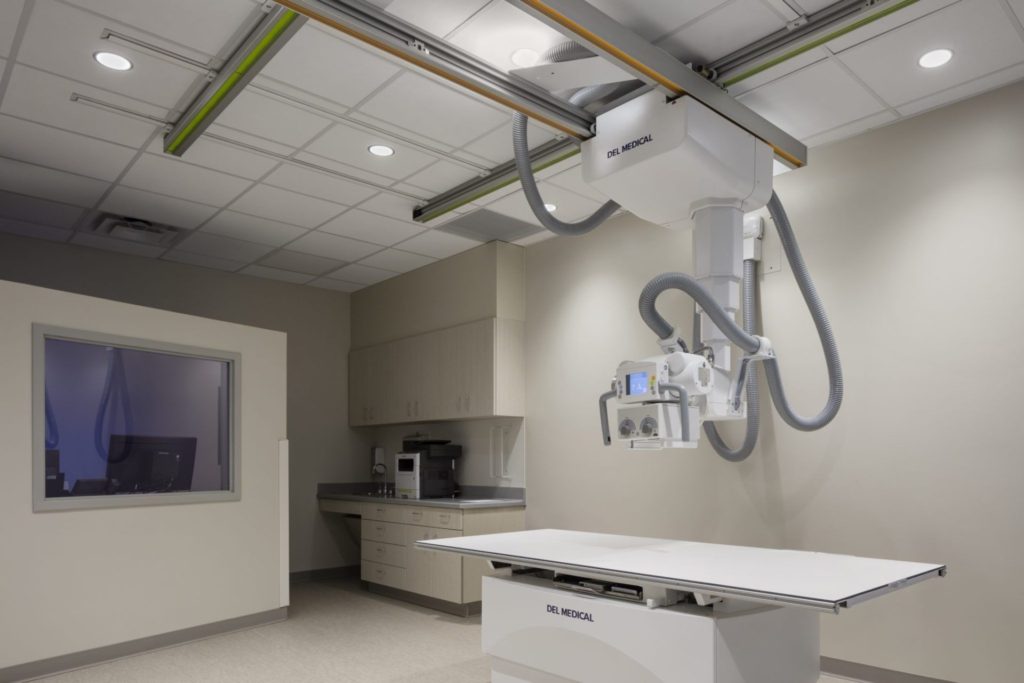The fast-growing popularity of High-Deductible Health Plans (HDHP) provide the health insurance enrollees the option to price-shop for healthcare. While HDHP is gaining prominence due to its low premium cost, it poses a threat to the radiology practice, especially the ones offering imaging solutions through hospitals.
According to the authors of a new study published in the Journal of the American College of Radiology, various medical institutions quote an overinflated price due to several reasons, which includes “confidential rate agreements.” As a result of this, patients end up paying significantly high bills than expected. This will eventually invoke the patients to call hospitals on a continuous basis or browse the Internet to find an affordable option.

“Because the price listings from hospitals are generally far higher than those from private outpatient imaging facilities hospitals will find themselves at a competitive disadvantage and could well lose substantial amounts of their outpatient imaging business to private facilities,” said David C. Levin, MD, and his colleagues at Thomas Jefferson University Hospital, Philadelphia.
To deal with high deductible health plan problems that plague the radiology industry, the authors present three crucial strategies to provide precise cost information to the patients. Let’s have a look.
- Let the Patients Reach Out to the Health Insurer
For radiology representatives who receive patient calls inquiring about costs, the authors suggest directing the callers to their health insurer to get a price estimate based on what they would pay where the deductible is already met. This way, hospitals can avoid providing wrong or inflated cost estimate to the patients, and lose them to private imaging facilities.
However, the biggest challenge here is it may not always be possible to have a real representative talking to the patients. This would eat up their valuable time while resulting in dissatisfaction. Even if the patient manages to talk to a representative, they may be unwilling to provide price estimation over the phone.
- Provide Correct Cost Estimation
To address the challenge mentioned in the above strategy, radiology facilities may use advanced software programs that aid in matching a patient with their health plans to provide a precise cost estimate. The software may also help indicate the deductible that applies to the particular patient plan, the radiology center’s negotiated cost after providing a CPT code, how much deductible is paid, and the balance amount to be paid. The cost estimate may not be exact, but it is likely to retain your patients.
“This approach is useful for private imaging centers but may not be available for hospitals because of the confidentiality concerns discussed earlier,” said Levin and his colleagues.
- Imaging Facilities may Lower Their Costs
This trick was first used in 2015 by the Toledo Clinic in Ohio. Levin also highlighted two premier radiology practices that lowered the prices of their imaging facilities and published a comparison chart alongside chargemaster rates of local hospitals. Other radiology practices can also use the same tactic, wherein the difference can attract patients who are price-shopping around for imaging service.
One effective solution to lower your prices is with sepStream™ EMR/RIS/PACS solutions that are powerful, scalable, and affordable. The cloud-based solutions are a budget-friendly solution to streamline your diagnostic imaging workflow while ensuring high customer satisfaction.